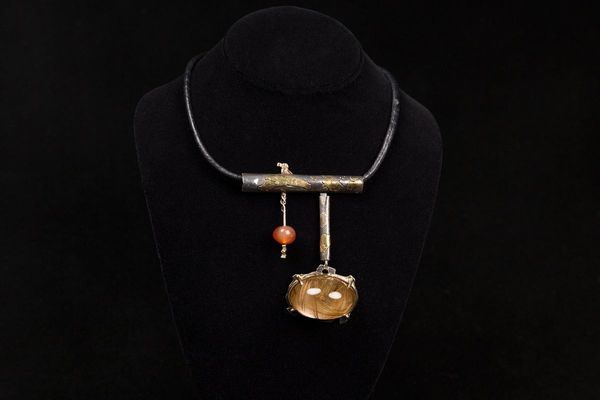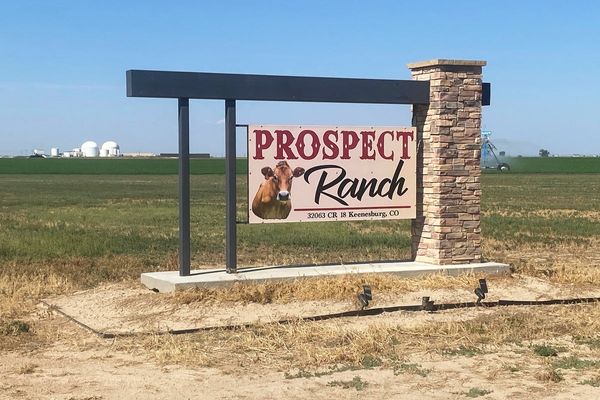TWO community archaeology projects in Scotland have been nominated for an award for their work helping to discover a key detail towards the myth of Merlin and for shedding new light on whisky production in the Highlands.
The two projects have been nominated for the Archaeological Research Project of the Year Award for involving local communities in helping to link traditional tales and myths with physical sites across Scotland.
The Drumelzier’s Hidden Heritage project led by the Arthur Trail Association and GUARD Archaeology, with help from volunteers and local heritage groups, investigated the archaeological roots of Drumelzier’s Merlin legend and has been nominated for the award by Current Archaeology.
The Pioneering Spirit Project, led by the National Trust for Scotland and The Glenlivet, revealed the story of the industrialisation of whisky production in the Highlands during the nineteenth century and was also nominated for an award.
The village of Drumelzier in the Scottish Borders has long been associated with the myth of Merlin.
According to Vita Merlini Sylvestris (the Life of Merlin of the Forest), a medieval manuscript held by the British Library, Merlin was reportedly imprisoned there and buried on the banks of the Tweed in the seventh century.
In 2022, a team of volunteers across Scotland led by GUARD Archaeology set out to investigate the archaeological roots of the legend with the results from the work published last year revealing there may indeed be some truth to the reports of Merlin's death in Scotland.
A geophysics survey revealed that there is an archaeological feature resembling a grave near the believed location of Merlin’s Grave at Drumelzier.
Excavation of Tinnis Castle, another local site associated with Drumelzier’s legend, found that the hillfort was occupied around the late sixth and early seventh centuries AD, when the story was set, and has the hallmarks of a lordly stronghold of the time.
GUARD Archaeology chief executive Ronan Tooli said that given how many hillforts are in the area and that almost all of them are much earlier Iron Age settlements “it seems a remarkable coincidence that a medieval storyteller attributed this tale purely by accident to the one hillfort nearby which dates to exactly the same time as the story is set, especially when early medieval hillforts are exceptionally rare".
“The new archaeological evidence does not prove that the local tale was true, it’s a story not history, but it does demonstrate that the legend originated in Drumelzier itself.”

He added: “Like tarmac, TVs and telephones, it should come as no surprise that this iconic legend was invented in Scotland too.”
An excavation of the Thirlestane Barrows across the other side of the Tweed also discovered that sometime between the late third and late sixth centuries AD a square barrow was raised over the graves of two individuals of exceptional elite status.
A scatter of Late Mesolithic and early Neolithic flint blade fragments were also recovered from the summit of Tinnis, leaving a slight trace of the first groups of humans ever to climb the prominent hill.
The research has now been recognised by the national awards.
Tooli said: “This award nomination is testament to the enthusiasm and hard work of the 43 volunteer participants drawn from across Scotland, half of whom had never taken part in a dig before, while the others, drawn from the Peeblesshire Archaeological Society and the Biggar Archaeology Group, have investigated a swathe of local sites over many years.”
The Pioneering Spirit project has also been nominated for the award for its work uncovering the hidden history of whisky-making in the Highlands, from its illicit beginnings to the rise of industrial distilleries in the area.

Foundations for the original site of The Glenlivet Distillery, at Upper Drumin, were uncovered with help from volunteers and included the remains of a still room where George Smith set up his first legal distillery in the courtyard of his farm in 1824.
Three fire pits were used to heat the water boiler, to wash still and to create spirit still.
The positions of a large oak vat, which researchers believe were probably used to cool the mash liquid before fermentation, survived sunken into the floor along with two spirit receivers.
Artefacts recovered at the site included copper piping and offcuts, numerous drinking glasses, clay tobacco pipes and a part of an official Excise padlock.

“Previously, most of our archaeological investigations have been on land belonging to the Trust,” said Derek Alexander, NTS head of archaeology.
“Examining the remains of illicit whisky bothies at Mar Lodge, Torridon, Ben Lomond, and Ben Lawers, but Upper Drumin belongs to the Crown Estate Scotland, meaning that we were working closely with their Countryside Ranger for this strand of the research.
“Over the last three years, a team of NTS archaeological volunteers and locals have undertaken around a month’s worth of excavation on the site, with illuminating results.”
The awards are voted for by the public and can be done here with voting closing on February 10.
The winners will be announced on March 1 as part of the Current Archaeology Live! 2025 Conference.







